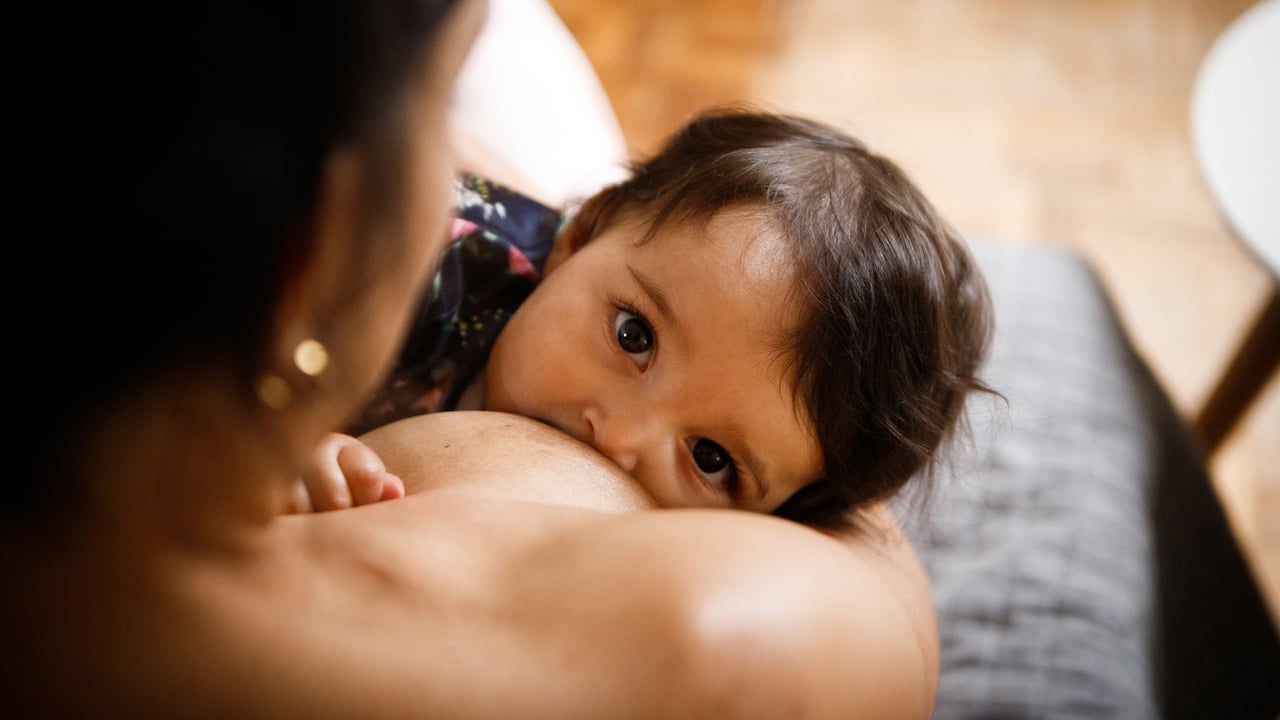The U.S. has one of the highest rates of maternal mortality in the developed world, and those numbers are highest for Black women. Most of those deaths are preventable. Access to postpartum care in the U.S. may greatly vary and is dependent on your insurance coverage, but in New Zealand, for example, round-the-clock care for three days postpartum is fully covered. All mothers in the U.S. deserve better.
After becoming pregnant with my fourth child, who was also born in Auckland, I decided to find out what other types of perinatal and postpartum care were provided around the world, how I could incorporate them into my own journey, and why I hadn’t known about them, much to my detriment, for my first two births.
As mothers, we deserve better
Recent research indicates that the current pandemic has had a grave impact on mothers, which means there couldn’t be a better time to look globally and learn from other countries’ successful perinatal healthcare practices.
Using my skills as a clinical researcher and journalist, I’ve spent the last two years interviewing over 150 mothers and maternal health experts to learn more about how different countries and cultures support women in the transition to motherhood.
Here are five mother-care standards and practices from around the world that we can learn from in the U.S. to improve our pregnancy and birth experiences and wellbeing postpartum.
1. A midwifery-led care model
Many countries around the world, like the United Kingdom, Australia and New Zealand, have a midwifery-led model of care. Yet in the United States, midwifery care can often be judged as inferior when compared with OB-GYN care.
While I was incredibly grateful for my obstetricians’ expertise and skill in the birthing process of my first and second, which involved a planned cesarean due to a breech baby, followed by a vaginal birth after cesarean (VBAC) that required continuous fetal monitoring, I now believe obstetricians should be the exception rather than the norm for low-risk births.
The intimate, in-home care I received before, during and after birth under midwife-led care for my third and fourth babies significantly improved my experience and overall wellbeing.
Research shows that midwifery care is the safest form of care for low-risk pregnancies. When maintained throughout pregnancy, midwifery care is linked with better outcomes for both mom and baby in the postpartum period.
“Midwives are experts in normal, low risk birth. Obstetricians are experts in medical births and both have their place,” says Marley Hall, BA, RM, DIPHE, a midwife located in Surrey, U.K., also known as Midwife Marley. “In the U.K., all women are cared for by midwives. Midwives are employed by the National Health Service and work in hospitals, birth centers, and in the community facilitating clinics and home births. The only time an obstetrician will become involved is if the woman is high risk or if there are any deviations from the norm.”
For example, Hall says, if a woman is low risk and has been cared for by midwives throughout pregnancy and labor but needs a forceps birth, an obstetrician will step in. If a woman develops preeclampsia in pregnancy, she will still see her midwife but the obstetrician will help write a plan of care.
Related: Here’s how midwives differ from OBs and doulas
2. A postpartum support team
The care you receive after giving birth is just as important as the care you received throughout your pregnancy, but more often than not, there is little to no focus on the postpartum period in traditional clinical settings.
Research continually tells us that this period in a woman’s life can have lifelong health impacts if neglected. During this time, a strong postpartum support network, including family, friends and healthcare professionals that can be there for you is key to the overall health and wellbeing of a mother, and around the world many countries provide government-funded support for new families.
Adele Vitale of Calm Morning Birth, a certified birth doula and childbirth educator (CBI), located in South Korea, says of support during postpartum, “I often repeat that the way many of us give birth today, in isolation and often far away from home, is very new in the history of mankind, and can be detrimental to one’s mental health,” she says.
“I believe more support is needed in this respect—taking care of a newborn is exhausting, nursing can be hard to learn and painful, physical recovery takes time, but a well supported parent with a healthy mindset can tackle all this, whereas being isolated, unsupported and surrounded by unrealistic images of ‘life with a newborn’ that all too often create a sense of inadequacy, is a recipe for postpartum mood disorders,” Vitale notes.
In South Korea, parents can book into a posh postpartum hotel, for those who “want a luxury experience [the last vacation before facing the reality of life with a newborn],” explains Vitale.
New parents are accommodated in hotel-like rooms, with meals being served in a common area for socializing, and the day is interspersed with activities like massages, hairdressing and classes to learn baby-related crafts, Vitale says. An alternative to this system is in-home care, where trained postpartum helpers (often nurses and/or lactation professionals) visit the new parents during working hours or even stay overnight, to take care of the dyad and assist with household chores.
This service is partially subsidized by the government for babies of Korean nationality, can be extended for up to three months, and offers parents more flexibility, notes Vitale.
In New Zealand, regardless of where you give birth (home, birth center or hospital), you can check into a local birth center for free for three days following birth for around-the-clock support by health professionals during those early days with your newborn.
Shona, a mother of two in Auckland, says of the experience, “Three days and nights of full-time care from nurses and midwives meant I had help with every feed until after my milk came in, which gave me the confidence to go home afterwards knowing I could breastfeed my baby. It would have been so much harder without that support at the beginning. I went back when my second baby was born because I knew I would need the help with breastfeeding again, plus a few precious days alone with the baby before we rejoined our busy household.”
Once at home, your midwife comes to your house for regular visits during the first six weeks to check on you and your newborn. If you have three or more children under the age of 5 (like I did), you can have free in-home help around the house with things like cleaning, laundry and dishes.
Related: A postpartum plan is just as important as a birth plan. Here’s how to make one
3. Pelvic floor health
In Belgium and France, all birthing parents are prescribed pelvic floor physiotherapy both before and after birth.
Pelvic-perineal dysfunctions are common conditions after birth and can have a significant impact on both your physical and mental health. Even mild incontinence can impact mental health, with those experiencing pelvic floor issues after birth leading to a 3-fold higher risk of developing depression.
One study showed that new mothers who experienced stress-related urinary incontinence at 6 weeks postpartum were 1.5 times more likely to develop postpartum depression by 6 months, even in mild cases.
Maya Dorsery of Restore Her Postpartum, a Los Angeles native living in Paris, says, “After my C-section, I was prescribed pelvic floor therapy and abdominal therapy by my doctor which is pretty standard here.”
Carole-Anne, a mother and artist living in France, agrees. “The most common postnatal care in France is pelvic floor re-education. Our national health insurance covers up to 10 sessions, which is amazing because it seems that not a lot of countries give that opportunity and a lot of women are not even aware of the importance of pelvic floor re-education,” she says.
In Belgium, physiotherapy is considered an integral part of supporting a woman during pregnancy, birth and postpartum. Prescribed during pregnancy, physiotherapy is a part of routine perinatal care in Belgium, regardless of whether a woman is experiencing pain or injuries.
Hajni Erdélyi, physiotherapist specializing in perinatal physical therapy and pelvic health, located in Brussels, explains, “Women in Belgium are offered nine sessions of physiotherapy through the basic insurance system. It’s more than a lot of other countries offer, but in my opinion it’s still not enough. If there are no problems or pain during pregnancy, I meet with a woman for four sessions in pregnancy to prepare for birth and delivery of the baby and then five sessions in postpartum, starting six weeks after birth. I often find that five sessions after birth isn’t enough. If there’s a pelvic floor problem, lower back pain or another kind of dysfunction, it’s recommended to continue physiotherapy.”
Related: Can you prevent diastasis recti? A pelvic floor expert tells us how
4. Rest
In the United States, it’s common for mothers to be out and about as soon as possible, expected to regain their pre-pregnancy body immediately after the baby is born, and praised for their ability to ‘bounce back.’ However, many cultures around the world recognize the first 40 days following birth as an important and sacred time of rest and recovery for new mothers.
“The way that you care for yourself in those 40 days postpartum and early weeks, months and years after birth can affect you long-term,” says Kate Harrison, a naturopath and Ayurvedic postpartum doula based in Australia. “Those first 40 days are crucial in terms of helping you adjust to motherhood. You’re learning to breastfeed [if you choose to] and bond with your baby. You’re also healing and recovering physically and emotionally from the birthing process.”
Manuela Montañez, the Founder of Bien Parida Co, which provides products and kits for the postpartum period, explains, “In Colombia, it is so ingrained in the culture to stay at home during those first 40 days, that you will be scolded if seen out and about with a new baby in hand.”
In India, many follow the 40-day confinement and recuperation period also known as the jaappa. Lakshya, a pre- and postnatal yoga instructor based in Mumbai, shares, “Generally it’s recommended to stay home for six weeks. I followed this voluntarily, as I felt it gave me time to recover and my baby time to get used to the world.”
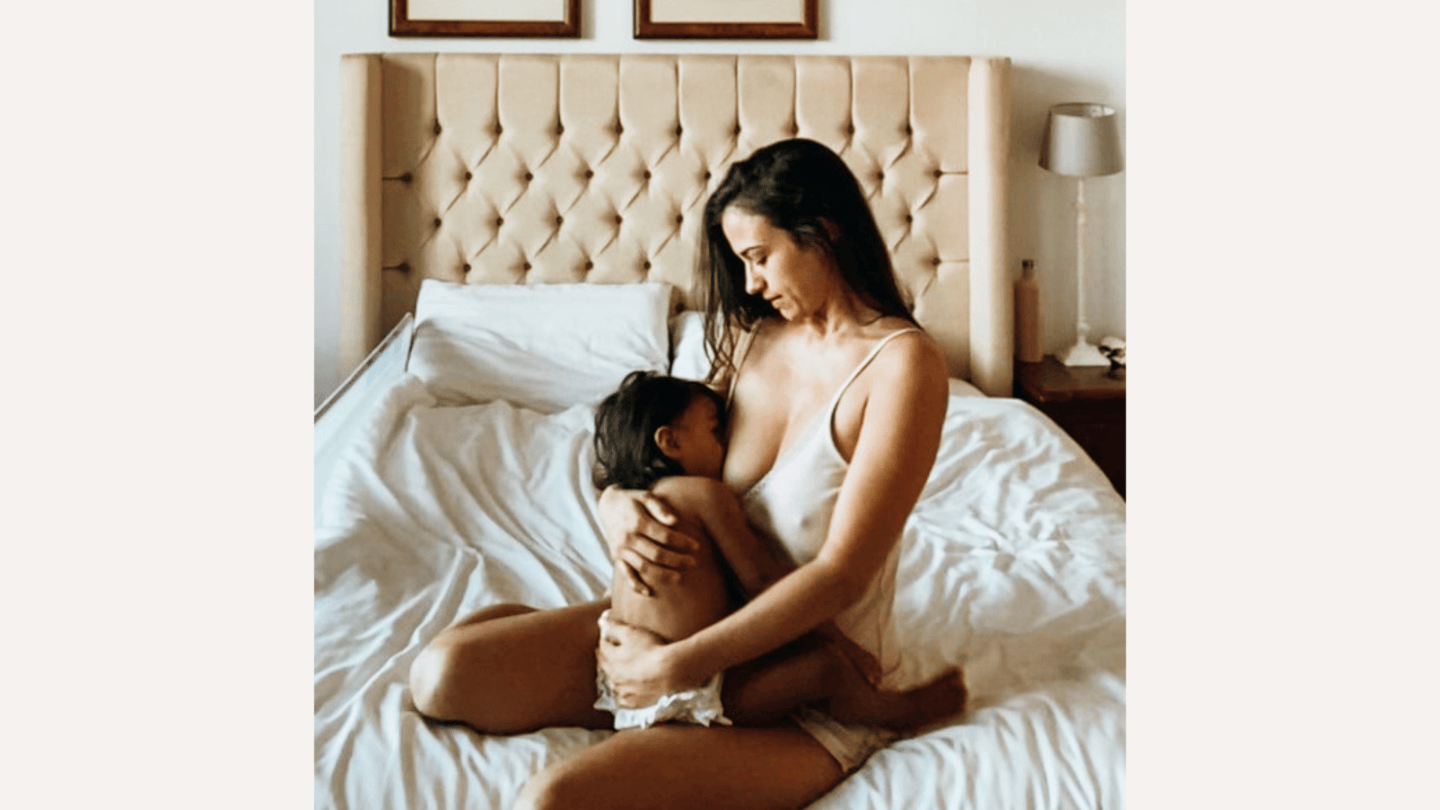
“Postpartum is a period that doesn’t last forever. It is temporary. It is a time for you to heal properly so that you can be a better person, a better mother, a better lover, a better everything. So you owe it to yourself to give that to yourself and fully rest,” notes Adilah Yelton, also known as Ibu Doula, a traditional Malay doula located in Texas.
Related: 5 important reasons to practice postpartum rest, according to a midwife
5. Paid parental leave
The U.S. remains the only developed country that doesn’t have public policy in place for mandated paid maternity leave.
Paid family leave is not only important for the mother and baby to bond and recover, but also for the entire family unit. It has a positive impact on maternal physical and mental health, with recent research indicating that women who took longer than 12 weeks paid maternity leave reported fewer depressive symptoms.
When partners have access to paid leave, it leads to reduced stress, better sleep, and improved mood from pregnancy to the postpartum period for both parents.
One mother in Belgium shares, “I was able to benefit from separation leave throughout the duration of my pregnancy. I was excluded from my job because it involves both hygienic and psychological risks (as I work in a socio-educational field and generally go to where the beneficiaries live). Therefore, I was entitled to my maternity leave followed by breastfeeding leave. I went back to work five months after giving birth.”
Line Charles, a mother of 2 in London explains, “In the United Kingdom, it’s mandatory for you to take two weeks leave after your baby is born, but statutory maternity leave is 52 weeks and companies are obligated to keep your post for you during this time.”
In Japan, notes Stephanie Kawai, a doula and breastfeeding counselor in Tokyo, maternity leave is 14 weeks: 6 weeks before birth and 8 weeks after. “Many women are eligible for childcare leave which goes up to the child’s first birthday. This can be further extended for up to 6 more months if no public daycare space is available. Both maternity and childcare leave is paid.”
With over 480 days of paid family leave for both mothers and partners, Sweden is renowned for having one of the best family leave policies in the world. Each parent is entitled to 240 of the 480 days of paid parental leave and has 90 days reserved exclusively for him or her. “That’s one of the best things about living in Sweden,” says Asabea Britton, a midwife in Stockholm. “With my first son, I had a year of paid maternity leave and his father had nine months.”
Dr. Darby Saxbe, a psychologist at the University of Southern California, has found in her research that the transition to parenthood represents a critical window for determining a woman’s mental and physical health, both as a new mother and later in life. She suggests maternity leave benefits bring about significant mental health benefits, which extend well past the period of birth and into older age.
“We know the transition to parenthood is transformative on many levels—we see changes to the brain, to the body’s balance of hormones, to our mood and emotions, and to our social relationships. It’s a rich nexus of all these different changes happening at once. When there’s a lot of change, you see heightened vulnerability, but also heightened opportunity. The first few weeks, months and years of parenthood really matter and help set the stage both for the child’s development and for the parent-child relationship.”
Related: Dear Congress: Paid leave is not a perk. It’s a requirement

 PARENTING TIPS
PARENTING TIPS
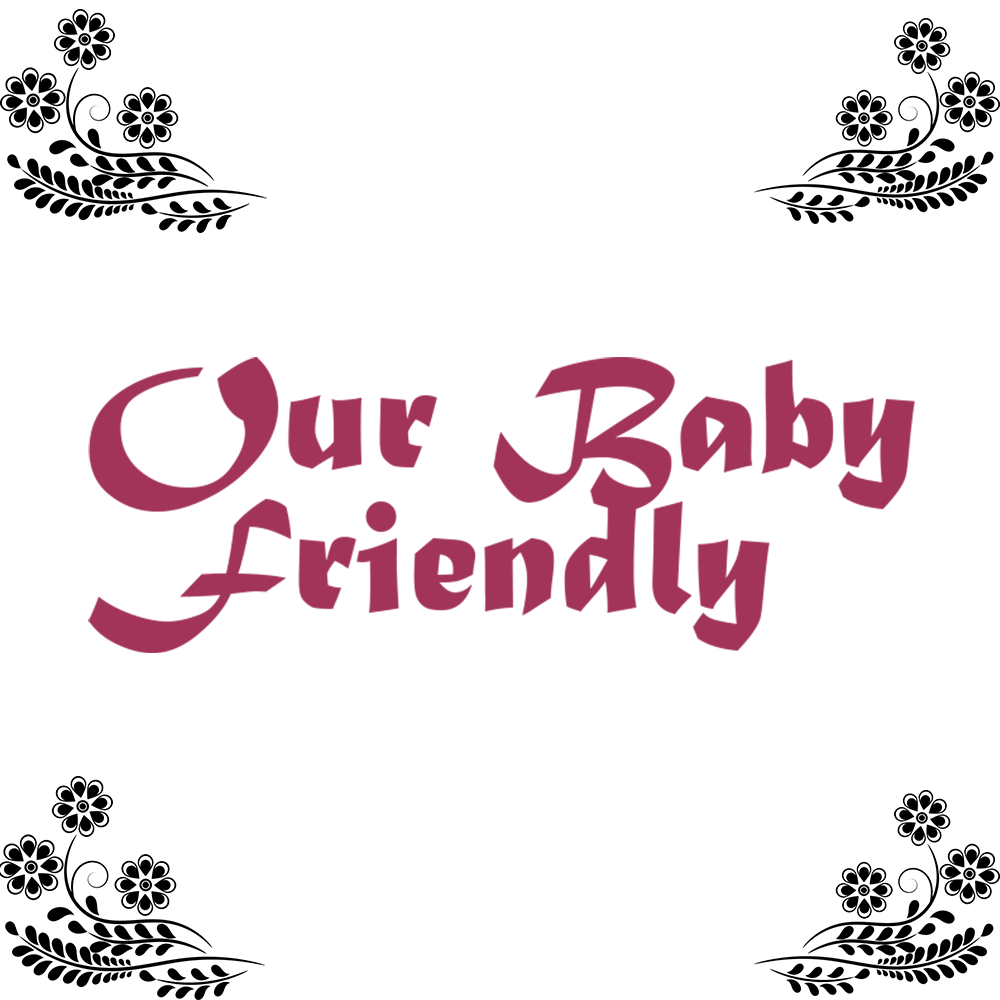






 PREGNANCY
PREGNANCY



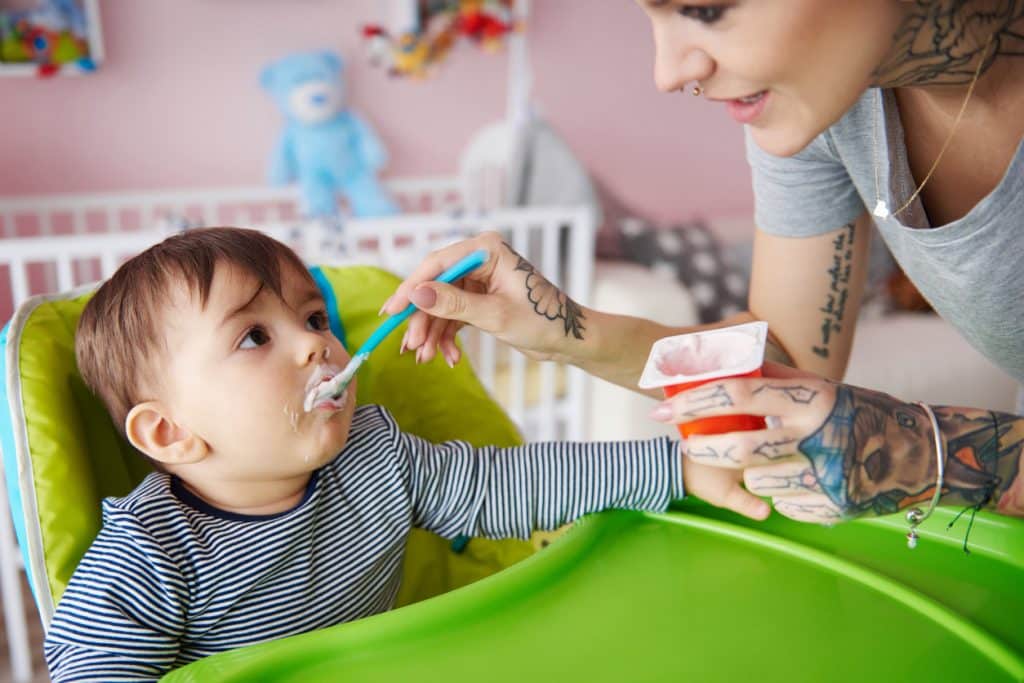


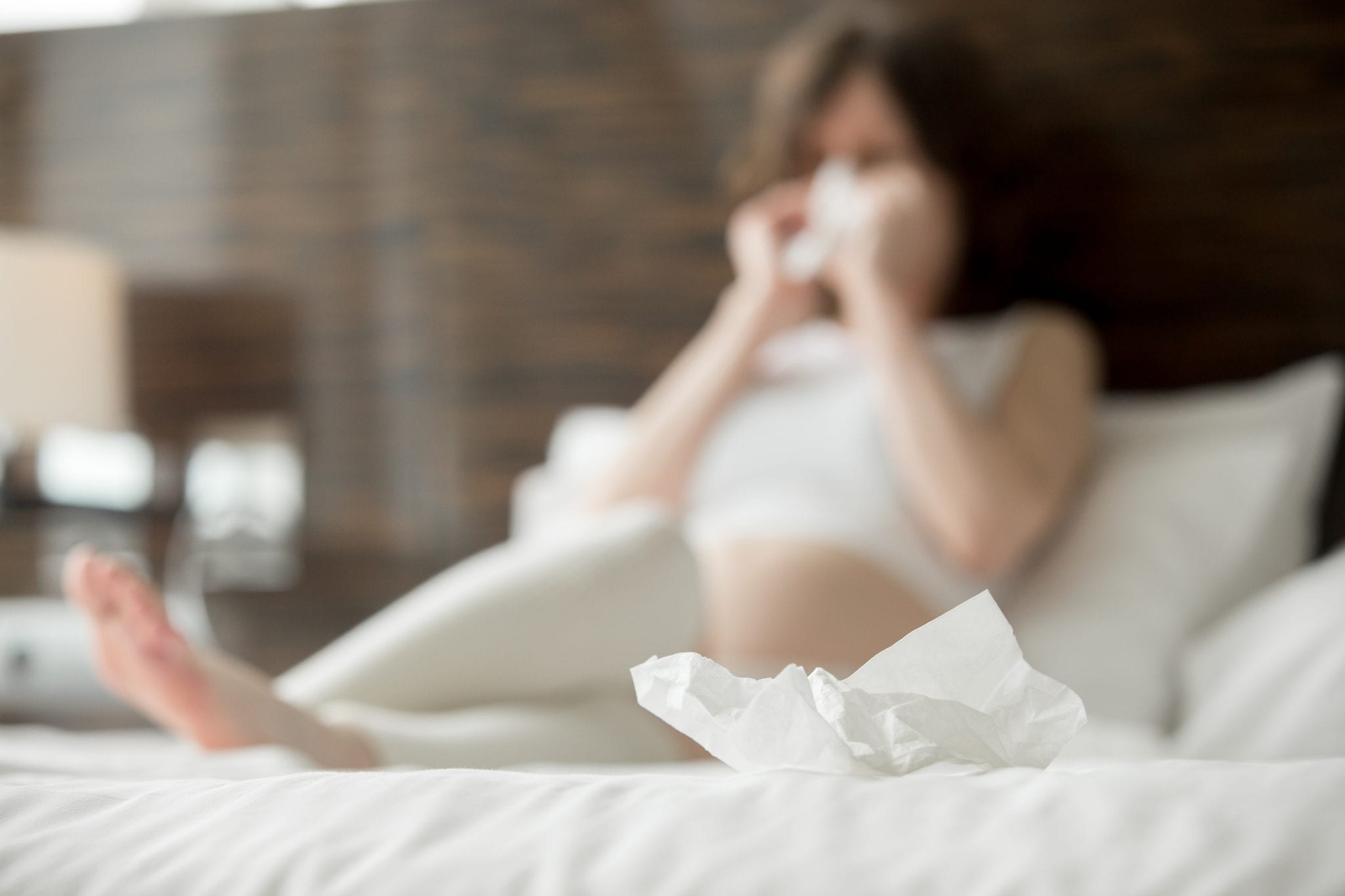

 BABY CARE
BABY CARE

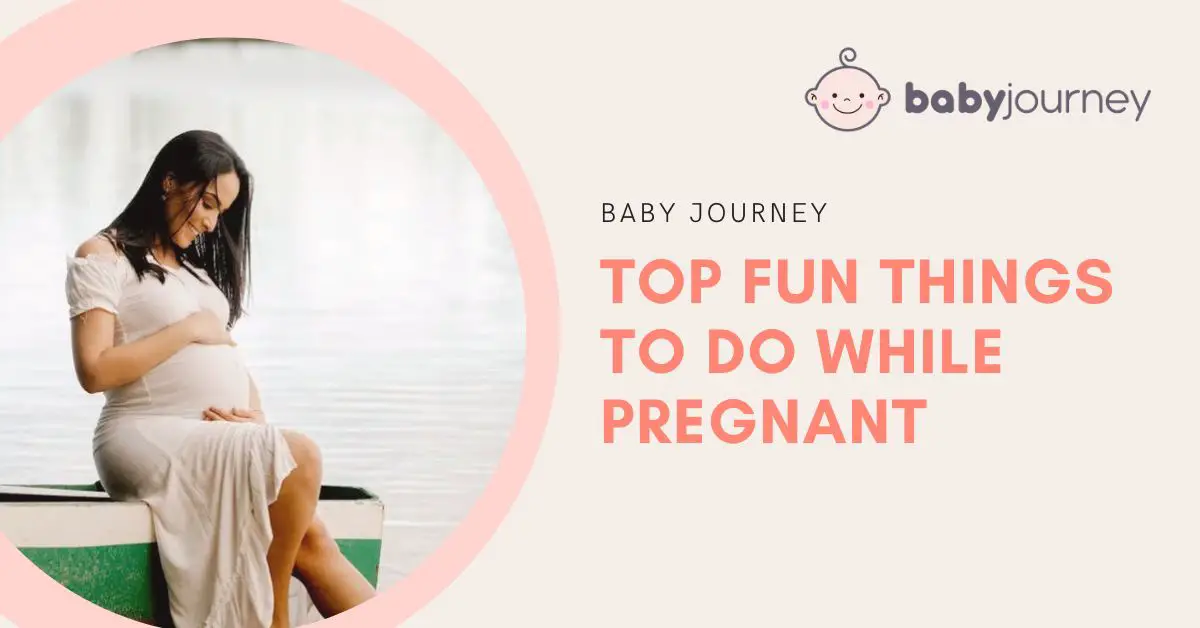





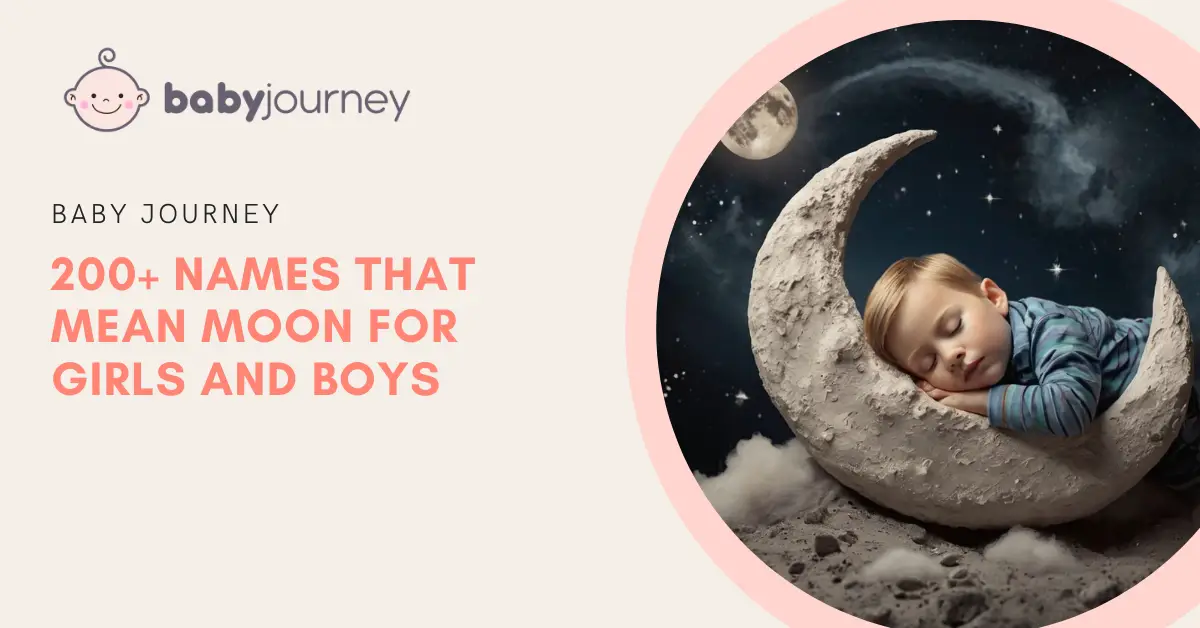
 TODDLERS
TODDLERS








 TEENS
TEENS








 HEALTH CARE
HEALTH CARE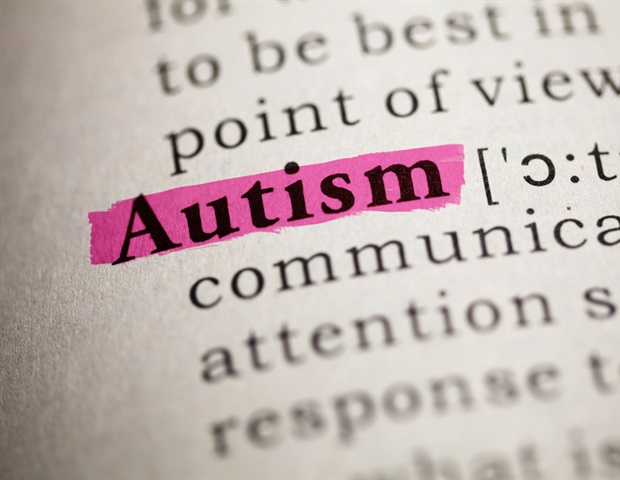

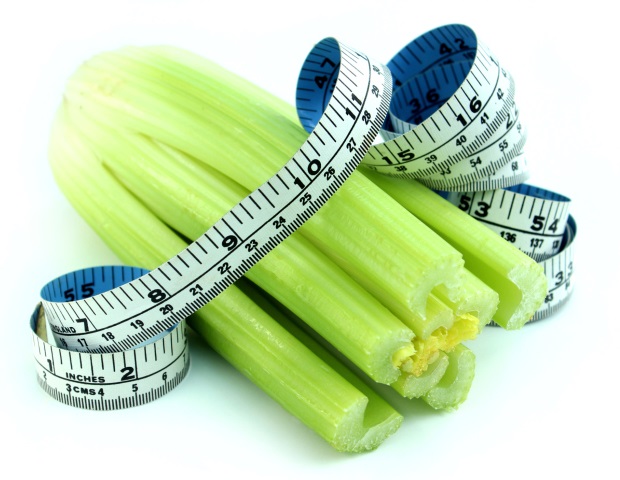




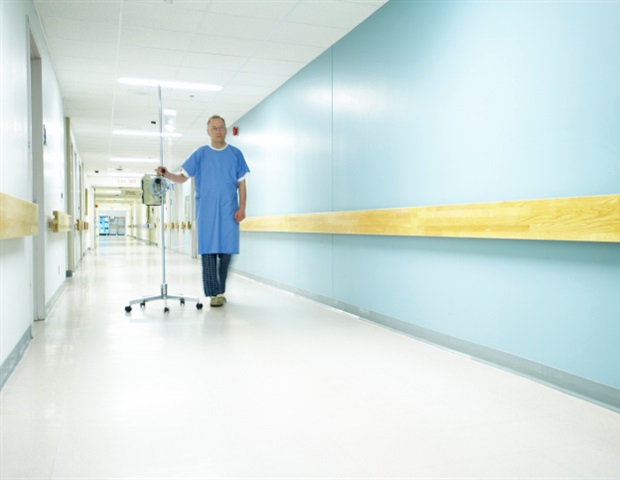
 ACTIVITIES & CRAFTS
ACTIVITIES & CRAFTS








 CONTACT
CONTACT ABOUT
ABOUT


